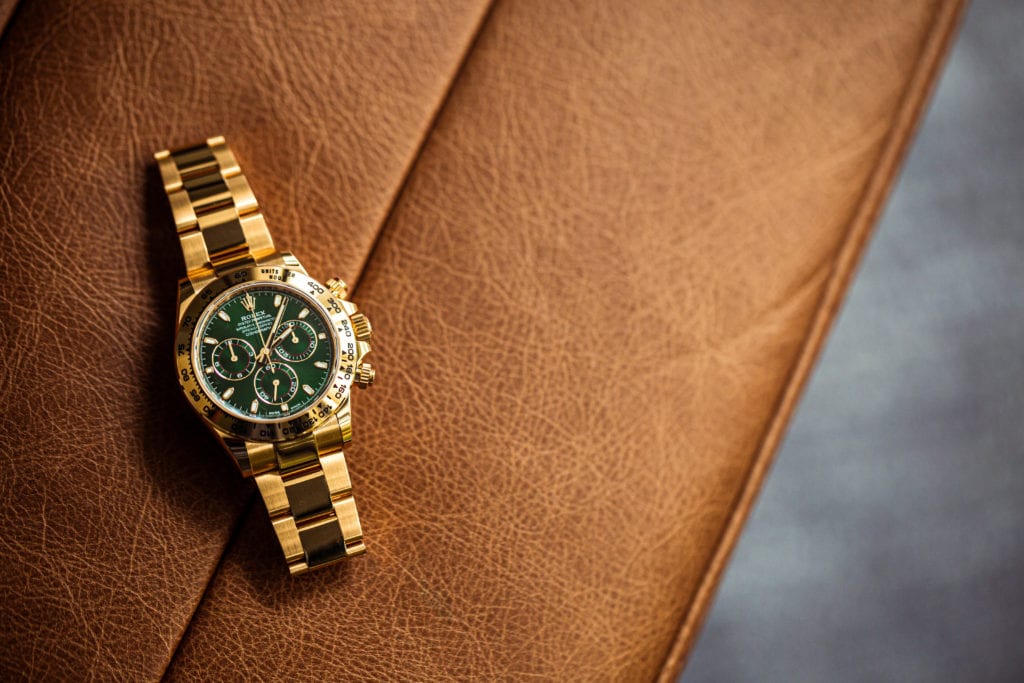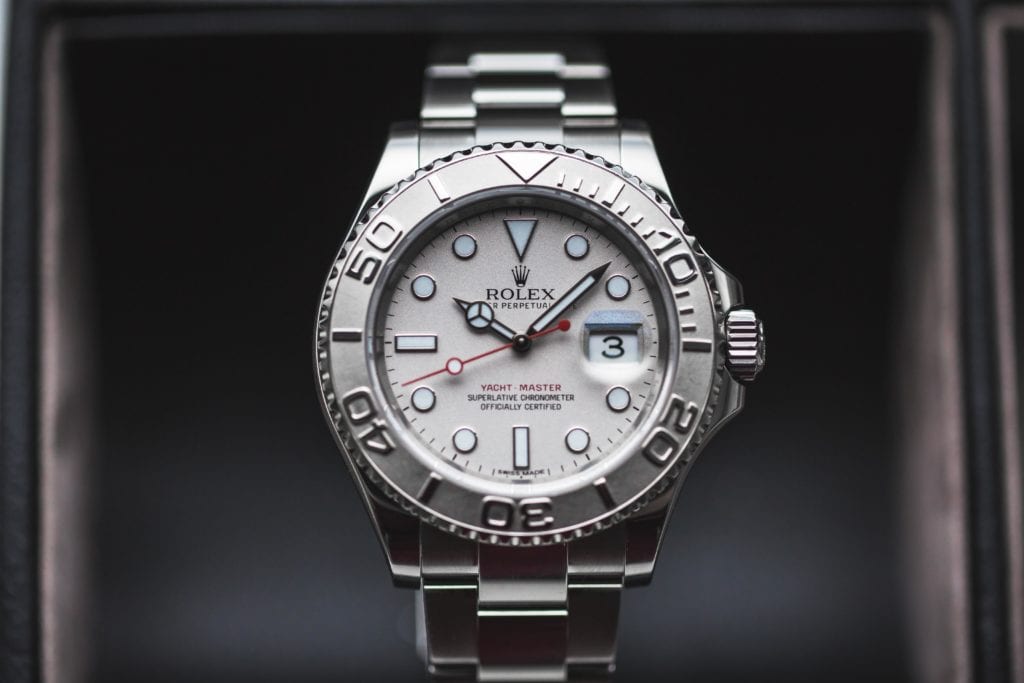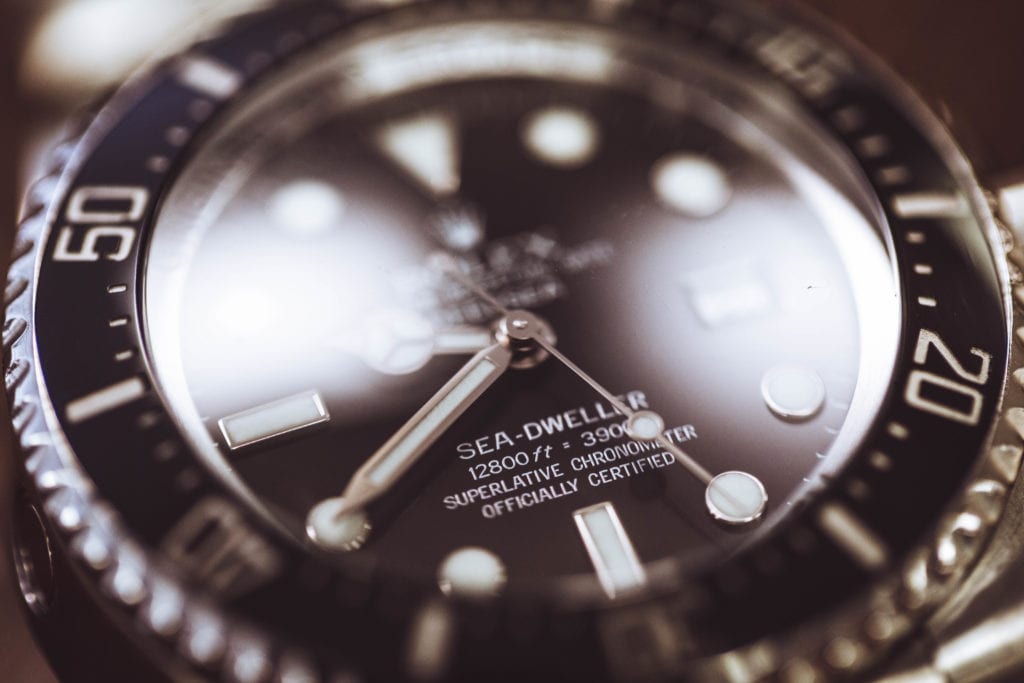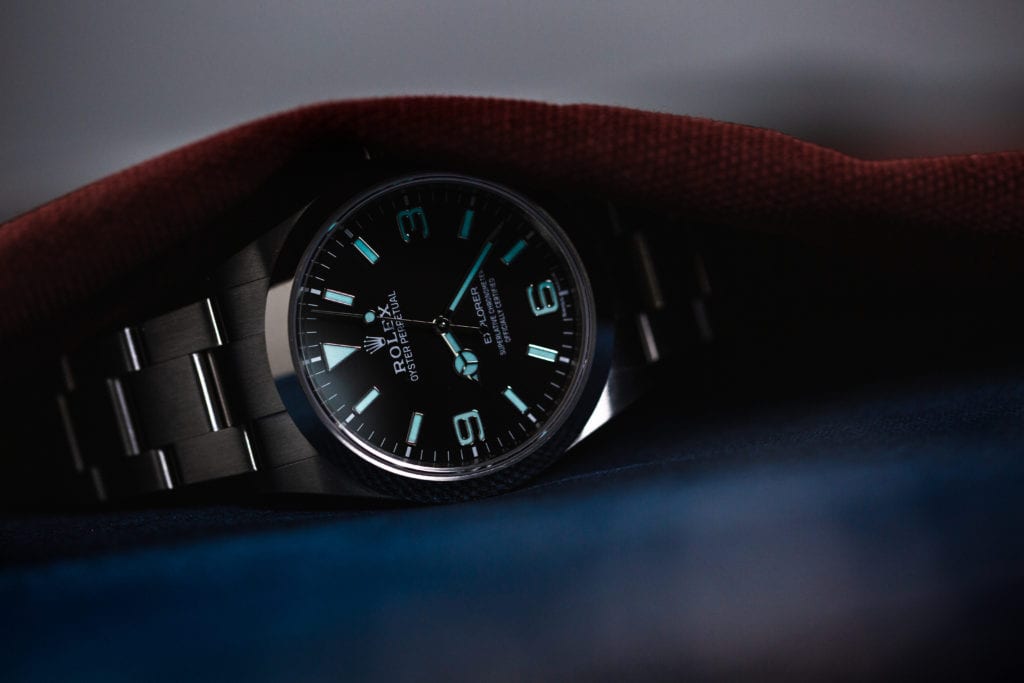Evolution of Rolex’s Proprietary Materials
Experimentation with new materials has always been a part of the watch industry. In the past, it was necessary to further the evolution of watches themselves. The development of new watch materials helped watches go from exclusive, bespoke items to production on a larger scale. In more recent years, watchmakers have invested in the research and development of new materials to help in other facets. Today, they’re looking to make strides in areas like repairs and lifespan of a watch. One of the industry leaders in this area is without a doubt Rolex.

With roughly a dozen proprietary materials to their name, it’s safe to say the creation of new materials is of utmost importance to them. As a brand, it’s a smart move. It bolsters the exclusivity of their watches while simultaneously enhancing the Rolex name. It shows they have balance between the watchmaking traditions they so firmly uphold and the advancements modern technologies afford. Here, we’ll look at some of Rolex’s proprietary materials and the application in their watches.
Proprietary Metals
Proprietary metals have been a major focus for Rolex. This comes as no surprise given metals make up a bulk of a watch’s construction. According to Rolex, metals are the most crucial element to a watch’s aesthetic as well as mechanical and dimensional properties. When it comes to common metals in watchmaking, like stainless steel, gold, and platinum, Rolex won’t settle for run-of-the-mill. In each of these areas, they’ve developed their own alloys. They do so with their very own foundry. At the Plans-les-Ouates industrial park, the largest of Rolex’s four manufacturing facilities, they have their own private foundry. Here, they’ve designed their own unique formulas for three types of gold in addition to platinum and stainless steel.
Everose

The base for their gold variants is 750 gold, an 18-karat gold princely alloy composed of 750 thousandths of pure gold. To produce the brand’s three different types of gold – yellow, white, and Everose – they incorporate the base gold with particular mixtures of silver and copper. Rolex’s 950 platinum follows in a similar vein. It’s an alloy that consists of 950 thousandths of platinum combined with ruthenium, a chemical element in the platinum group.
Oystersteel

Last but certainly not least is Rolex’s 904L steel or Oystersteel. It contains higher levels of nickel, copper, molybdenum, and chromium. This composition makes it harder and more corrosion resistant than the standard 316L stainless steel. As if creating their own metal alloys of gold, platinum, and steel wasn’t enough, Rolex takes it a step further. In addition, the brand has developed two of their own distinctive two-tone colorways: Rolesor and Rolesium. Rolesor combines the brand’s yellow or Everose gold with their 904L stainless steel. Similarly, Rolesium combines their 950 platinum with Oystersteel.
Other Proprietary Materials
Cerachrom

Rolex has undoubtedly placed much of their attention and resources in their proprietary metals. However, they’ve also produced and implemented a number of other proprietary materials into their watches. 2005 was a big year for Rolex, marking the launch of three proprietary materials. They introduced their own version of ceramic called Cerachrom. The bezel material debuted in the brand’s black GMT Master II. It took them another eight years to be able to devise a method to create the material in the two-tone colorways that have become signature to the collection. Rolex launched this next generation of Cerachrom in the Batman using a patented method that employs a mono-bloc construction.
Paraflex
In 2005, Rolex also developed Paraflex and Parachrom. Paraflex is an exclusive and highly efficient shock absorber. It helped improved the shock resistance of their watches by an impressive 50%. On the other hand, Parachrom is a paramagnetic alloy comprised of zirconium, oxygen, and biobium used in Rolex’s hairsprings. In addition to being impervious to magnetic fields, it’s up to ten times more shock resistant than the average hairspring.
Chromalight

Rolex released another proprietary material just three years later in 2008. The brand first introduced Chromalight in the Deepsea Sea-Dweller. As the name suggests, Chromalight is a luminescent material similar to Superluminova. However, instead of the typical green glow, Chromalight emits blue. It also lasts more than double the time, up to eight hours.
Oysterflex

Another proprietary material came in 2015: Oysterflex. Rolex first unveiled the all-new strap material in the Yacht-Master line. Oysterflex represents the brand’s take on the rubber strap. As with their other proprietary materials, it offers a bit more. Oysterflex combines the comfort and hypoallergenic properties of rubber straps and the shape-retention and durability of metal bracelets.
Get More Articles Like This in Your Inbox
We're constantly creating great content like this. So, why not get it delivered directly to your inbox? By subscribing you agree to our Privacy Policy but you can unsubscribe at any time.






